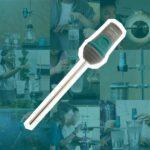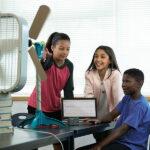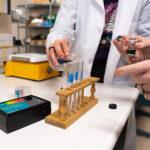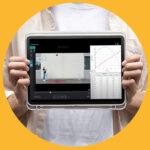
Sharing ideas and inspiration for engagement, inclusion, and excellence in STEM
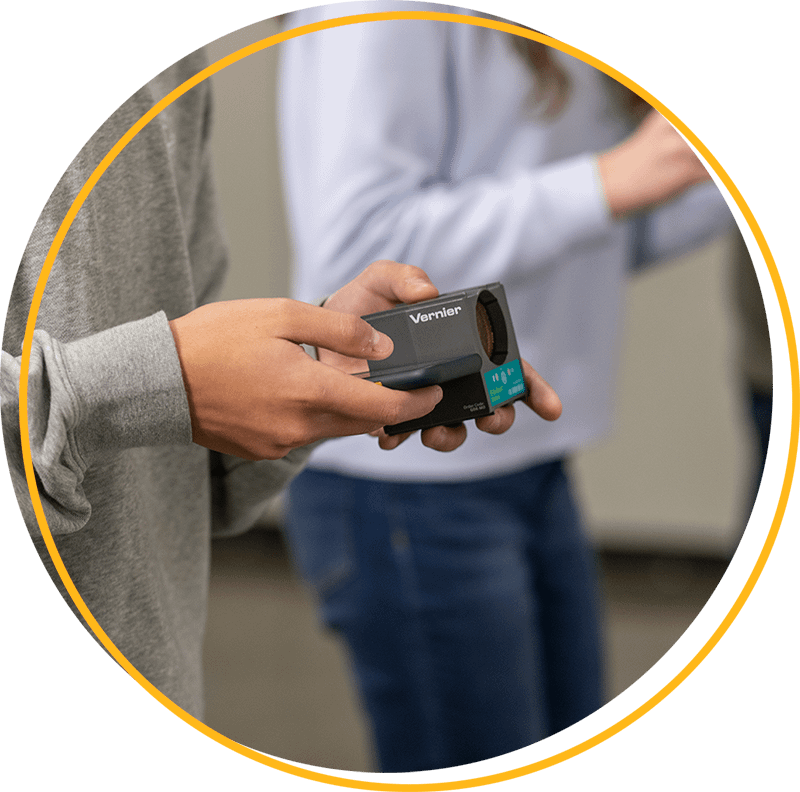
This is my 28th year teaching high school physics. The last 23 years I’ve been at Century High School, in Hillsboro, Oregon, and I’ve taught many levels of physics. An introductory course that I teach covers kinematics, dynamics, energy, momentum, wave fundamentals (including sound and light), and electricity. Through all of my classroom experience, I’ve found that introducing data-collection technology through hands-on experiments that tie into the real world is often the most effective way to help students understand key science concepts and keep them engaged in the classroom.
Connecting the Dots Between Physics and Everyday Life
I show my students how physics affects their everyday lives by introducing them to concepts and ideas they never realized are physics related. One of these is the idea of motion and everything that goes with it. Since I teach high school students, many who have just started driving, I relate the motion concepts to cars and driving. My students jokingly tell other students looking to take physics in the future, “Yeah, he talks about cars a lot.”
One of the crucial concepts in understanding motion is the idea of velocity. Even though students tend to interchange the terms velocity and speed, I help them understand what velocity is by using sensors and interfaces. One of my favorite activities for students to gain a true understanding and feel for velocity is the Graph Matching experiment from Physics with Vernier.
This experiment uses motion detectors to collect data. In the experiment, students first move back and forth with the motion detector facing a wall. When they look at the data, they see how their position and velocity graphs change, as well as determine what direction represents positive and negative velocity.
Students Get Moving
This is where it gets fun. By using the Motion Match capabilities in the various software options from Vernier, students try to match a specific graph on both position and velocity graphs. Because the position is easily measured, students are usually successful very quickly. They already enter my classroom understanding distance and how far away they are from something. So this usually just comes down to the students getting the correct speed of motion to match with the position graph.
Velocity for students is an entirely different matter. They understand speed and how that feels as they move. But velocity messes with them at the beginning. The first attempts are usually met with comments like, “Wait! Why did my graph go to zero?”, in response to them trying to match the velocity graph in the same manner they tried with position. When the velocity line is flat, they assume that they need to stop as they did with position. This leads to frustration initially, but with perseverance, students become successful. They realize that the direction of their motion has just as much importance as the rate at which they move. And they end up realizing that the flat line on the velocity graph is actually telling them to continue to move, but at a constant rate. Once these realizations are made, my students become quite adept at matching both position and velocity graphs. We even have contests to see who can match a graph the best.
The Importance of Hands-On Learning
I’ve tried alternate ways of performing this experiment, such as having the students move a cart in front of the motion detector to try and match the graph, but having them study their own movement is the better choice. I strongly feel that by having the student be a physical part of the experiment and giving them opportunities to use technology for data collection helps them understand velocity better. This way they get to “feel” the velocity and by experiencing that feeling, they can transfer that to the real world. It helps them understand how it affects all of the motion they experience.
Want to Learn More?
Check out this engaging physics experiment and others at vernier.com/physics/.
About the Author
Joel spent his early years growing up in Alaska as an “Air Force kid”, and he later moved to Oregon after completing high school. Joel attended Oregon State University and after graduation began his career in education as a substitute teacher. After a year of subbing, Joel joined Century High School in Hillsboro, Oregon, when it first opened in 1997, where he still teaches physics and coaches basketball.
Share this Article

Sign up for our newsletter
Stay in the loop! Beyond Measure delivers monthly updates on the latest news, ideas, and STEM resources from Vernier.

